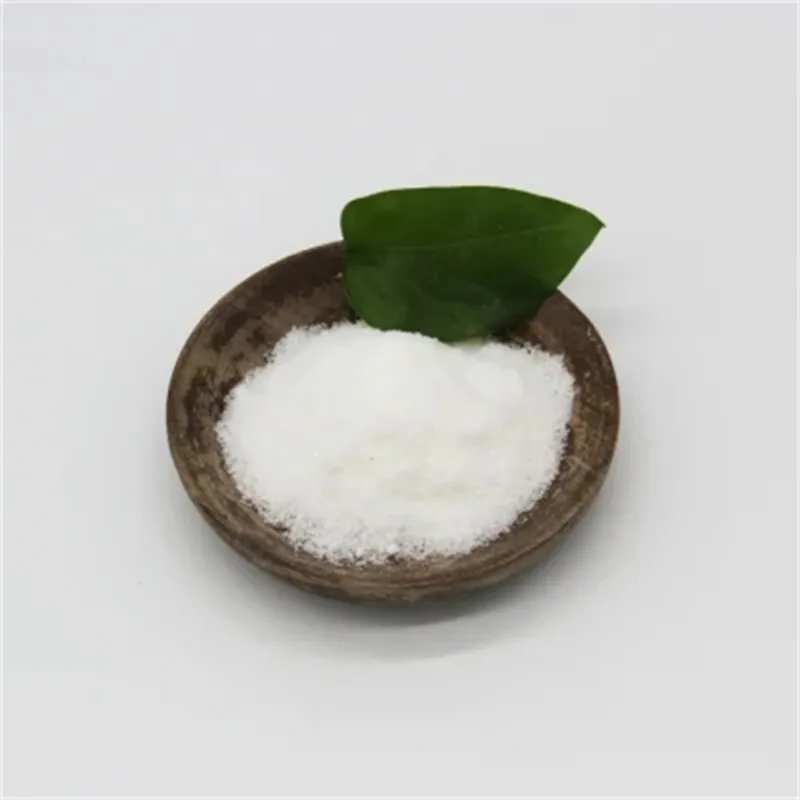Warning: Undefined array key "title" in /home/www/wwwroot/HTML/www.exportstart.com/wp-content/themes/1198/header.php on line 6
Warning: Undefined array key "file" in /home/www/wwwroot/HTML/www.exportstart.com/wp-content/themes/1198/header.php on line 7
Warning: Undefined array key "title" in /home/www/wwwroot/HTML/www.exportstart.com/wp-content/themes/1198/header.php on line 7
Warning: Undefined array key "title" in /home/www/wwwroot/HTML/www.exportstart.com/wp-content/themes/1198/header.php on line 7
- Afrikaans
- Albanian
- Amharic
- Arabic
- Armenian
- Azerbaijani
- Basque
- Belarusian
- Bengali
- Bosnian
- Bulgarian
- Catalan
- Cebuano
- China
- China (Taiwan)
- Corsican
- Croatian
- Czech
- Danish
- Dutch
- English
- Esperanto
- Estonian
- Finnish
- French
- Frisian
- Galician
- Georgian
- German
- Greek
- Gujarati
- Haitian Creole
- hausa
- hawaiian
- Hebrew
- Hindi
- Miao
- Hungarian
- Icelandic
- igbo
- Indonesian
- irish
- Italian
- Japanese
- Javanese
- Kannada
- kazakh
- Khmer
- Rwandese
- Korean
- Kurdish
- Kyrgyz
- Lao
- Latin
- Latvian
- Lithuanian
- Luxembourgish
- Macedonian
- Malgashi
- Malay
- Malayalam
- Maltese
- Maori
- Marathi
- Mongolian
- Myanmar
- Nepali
- Norwegian
- Norwegian
- Occitan
- Pashto
- Persian
- Polish
- Portuguese
- Punjabi
- Romanian
- Russian
- Samoan
- Scottish Gaelic
- Serbian
- Sesotho
- Shona
- Sindhi
- Sinhala
- Slovak
- Slovenian
- Somali
- Spanish
- Sundanese
- Swahili
- Swedish
- Tagalog
- Tajik
- Tamil
- Tatar
- Telugu
- Thai
- Turkish
- Turkmen
- Ukrainian
- Urdu
- Uighur
- Uzbek
- Vietnamese
- Welsh
- Bantu
- Yiddish
- Yoruba
- Zulu
Sep . 06, 2024 01:24 Back to list
Sustainable Future of Adipic Acid
The Sustainable Future of Adipic Acid Bio-Based Solutions and Innovations
Adipic acid, an essential component in the manufacturing of nylon, polyurethane, and various other chemicals, has long been produced through fossil fuel-based processes. However, the growing concerns around environmental degradation and climate change have catalyzed a shift towards more sustainable production methods. As we advance into an era focused on sustainability, bio-based solutions for adipic acid production have emerged as a promising alternative.
One of the most significant benefits of bio-based adipic acid production is the reduction in greenhouse gas emissions. Traditional methods of producing adipic acid are known to release nitrous oxide, a potent greenhouse gas. In contrast, bio-based methods utilize renewable resources, significantly lowering the overall carbon footprint. By employing biomass such as agricultural residues, sugarcane, or corn as feedstocks, industries can not only reduce harmful emissions but also contribute to a more circular economy.
Research has identified several viable biosynthetic pathways for producing adipic acid. One prominent example involves the fermentation of sugars into microbially produced intermediates, which can subsequently be converted into adipic acid. Companies like Genomatica have made strides in developing such bio-processes, showcasing the potential of biotechnology to create sustainable solutions. These advancements highlight the role of synthetic biology in transforming traditional chemical manufacturing into environmentally friendly practices.
'sustainable future of adipic acid: bio-based solutions and'

Furthermore, the economic viability of bio-based adipic acid production is being increasingly recognized. As technology advances, production costs are expected to decrease, making it a competitive alternative to petroleum-derived adipic acid. The market demand for sustainable products is growing, driven by both consumer preferences and regulatory pressures. Brands are increasingly adopting eco-friendly materials to enhance their sustainability profiles, indicating a promising market for bio-based adipic acid and its derivatives.
In addition, the circular economy model supports the idea of utilizing waste feedstocks in the production process. This approach not only addresses the problem of waste management but also maximizes resource efficiency. By turning agricultural waste into a valuable product like adipic acid, industries can contribute to sustainable development while also improving their bottom line.
Collaboration among stakeholders, including government agencies, academic institutions, and private companies, is crucial for advancing bio-based solutions in adipic acid production. Investment in research and development will pave the way for innovative technologies that can further improve efficiency and reduce costs. Policymakers also play a crucial role in creating favorable regulatory frameworks that encourage the adoption of bio-based practices.
In conclusion, the sustainable future of adipic acid hinges on the successful transition from fossil fuel-derived processes to bio-based alternatives. Through advancements in biotechnology, adoption of a circular economy, and collaborative efforts, the production of adipic acid can become more sustainable, paving the way for greener materials and healthier ecosystems. As industries embrace these solutions, the vision of a more sustainable chemical industry will become increasingly attainable.
Latest news
-
Certifications for Vegetarian and Xanthan Gum Vegetarian
NewsJun.17,2025
-
Sustainability Trends Reshaping the SLES N70 Market
NewsJun.17,2025
-
Propylene Glycol Use in Vaccines: Balancing Function and Perception
NewsJun.17,2025
-
Petroleum Jelly in Skincare: Balancing Benefits and Backlash
NewsJun.17,2025
-
Energy Price Volatility and Ripple Effect on Caprolactam Markets
NewsJun.17,2025
-
Spectroscopic Techniques for Adipic Acid Molecular Weight
NewsJun.17,2025

